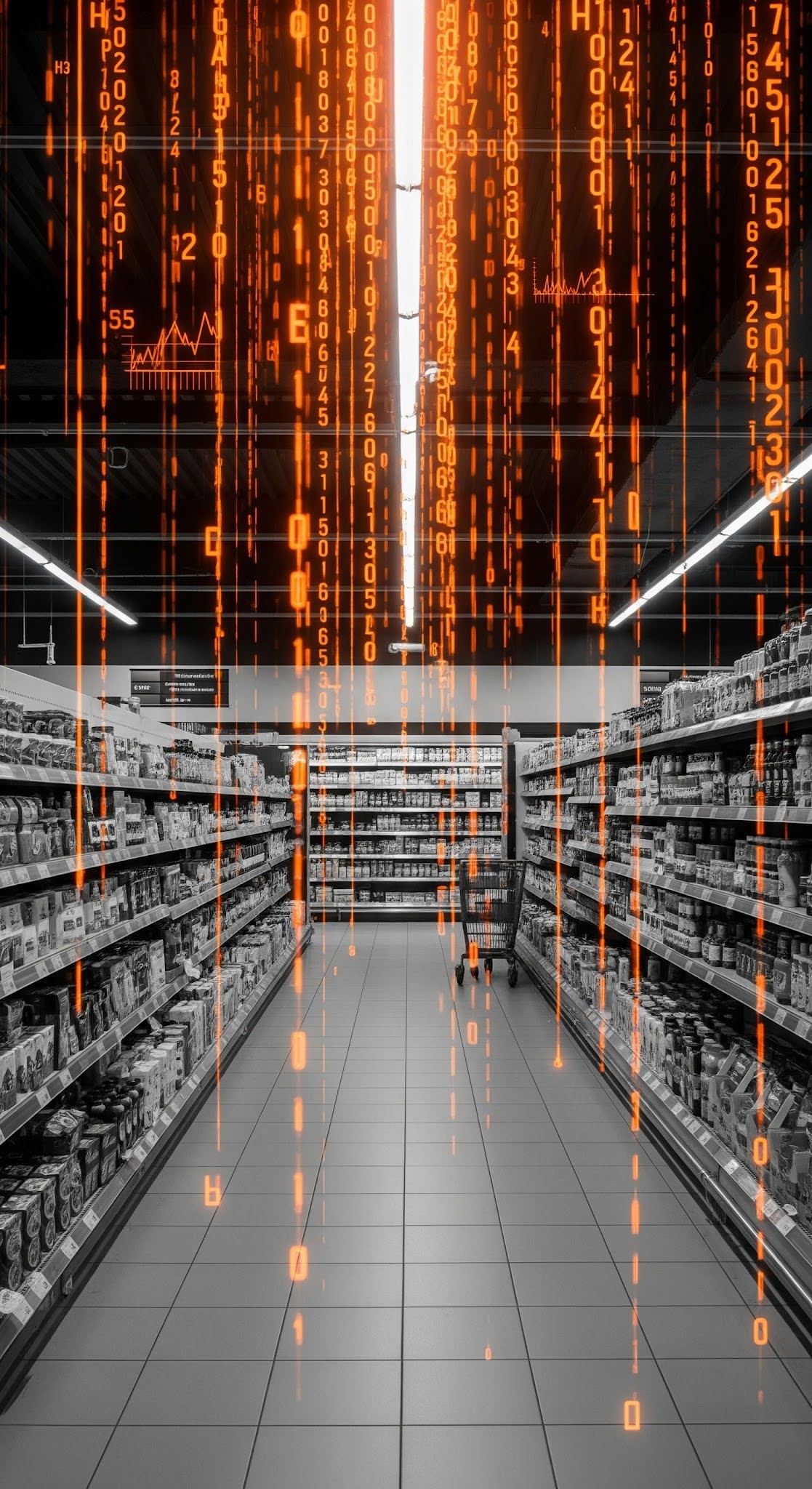Back-end & Platform Engineering Solution
In the large-scale retail sector, the ability to process data and act on it in real-time is considered a fundamental strategic necessity. Data is a crucial lever for optimizing operational efficiency and reducing costs. In-depth customer knowledge, derived from data analysis, is also essential for personalizing offers and providing a superior shopping experience. Furthermore, timely access to data enables a whole range of innovations in services and the shopping experience that were not previously possible.
Despite the critical importance of this information, the crucial problem that often emerges is data fragmentation, which is scattered across heterogeneous systems and difficult to rapidly move where it is needed.

For leaders that operate in the large-scale retail sector, a modern data architecture must overcome crucial and often conflicting operational challenges:
Bitrock proposes an advanced data streaming architecture, based on the Hub-and-Spoke model, which fully leverages the capabilities of Apache Kafka and the Confluent Platform to balance local resilience with global visibility. Specifically:
The solution involves configuring a local Kafka cluster in each store (Spoke), which ensures resilience by allowing stores to operate in isolation. The Headquarters (Hub) integrates the Confluent Platform and is responsible for central processing and aggregation of all data.
Cash registers, acting as Kafka Producers, directly publish fundamental operational data, such as that generated by the digital receipt, to the store’s local Kafka cluster
Synchronization between the central cluster and local clusters occurs thanks to Confluent Replicator. Confluent Replicator ensures that, in the event of a network partition or connectivity failure, data synchronization automatically resumes as soon as the connection is restored, reducing the need for manual intervention. This mechanism supports both the inbound data flow (receipts) and the outbound data flow (promotions).
Once the HQ receives the receipt data, it undergoes a series of validation processes (semantic and syntactic) and is subsequently consolidated into a central topic. This validated data acts as the Data Contract for the receipt and becomes the fundamental trigger that feeds countless business logics simultaneously.
In the outbound stream, centrally generated configurations, such as promotions or other operational rules, are aggregated and consolidated and then republished to the central Kafka cluster via Confluent Replicator. These configurations are then replicated to the local Kafka clusters of individual edge points, where local systems can consume and apply them in near real time.
The implementation of the Kafka-based event-driven architecture offers profound operational, technical, and organizational advantages, including:
Promotion of Innovation: The data streaming architecture constitutes a solid foundation for future integrations, such as Edge Computing and the use of Artificial Intelligence for advanced loyalty logics and purchasing behavior analysis.